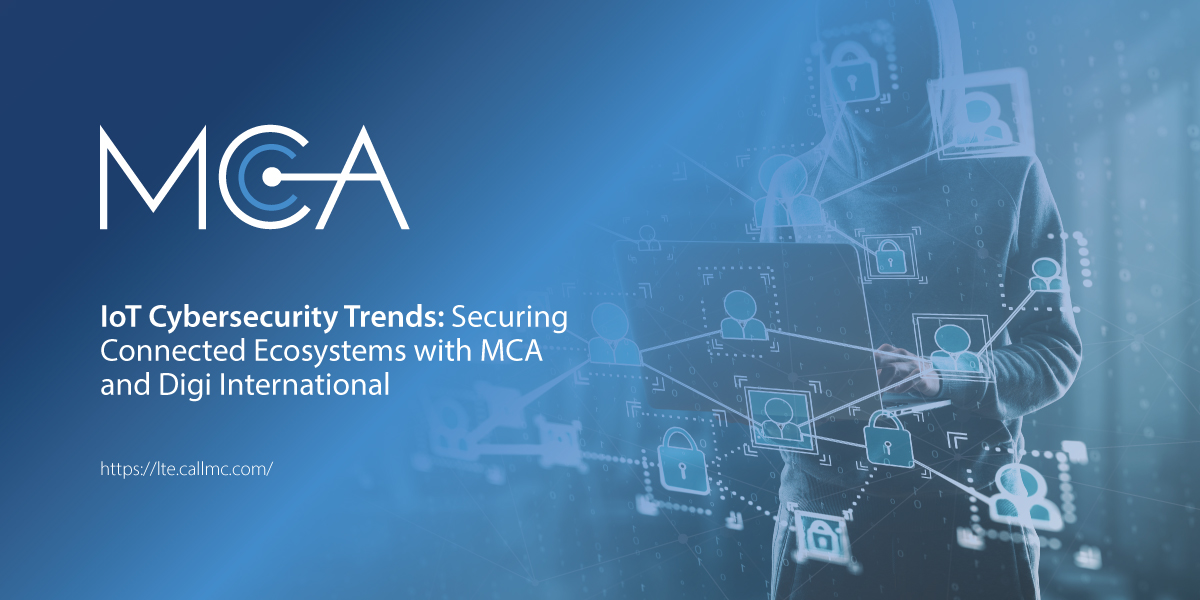How the IoT Can Enable Retail Digital Transformation
 It is tough to succeed in the retail industry these days, and it is getting tougher. Traditional brick and mortar retailers face fierce competition from both other traditional retailers and new online retailers, forcing them to slash prices and reduce their already thin margins. In addition, the emergence of online retailers, like Amazon, able to offer a tremendous range of low-cost products has raised consumers’ retail expectations.
It is tough to succeed in the retail industry these days, and it is getting tougher. Traditional brick and mortar retailers face fierce competition from both other traditional retailers and new online retailers, forcing them to slash prices and reduce their already thin margins. In addition, the emergence of online retailers, like Amazon, able to offer a tremendous range of low-cost products has raised consumers’ retail expectations.
Stores that are unable to meet these expectations soon find fewer customers walking through the door. As a result, many retailers have fallen by the wayside – according to retail think tank Fung Global Retail & Technology, retailers in the U.S. announced plans to shutter more than 6,700 individual stores in 2017, a record high. Meanwhile, iconic retailers like Radio Shack and, most recently, Toys ‘R’ Us have filed for bankruptcy due to today’s challenging retail business environment.
However, it is not time to write traditional retail’s obituary just yet. People still enjoy shopping in physical stores; research from PWC indicates that 65% of shoppers prefer some interaction with a physical store during their shopping journey. Even online retailers like Amazon, which recently purchased Whole Foods Market stores, are demonstrating that a physical presence is a key to their success.
Nonetheless, if traditional retailers hope to compete in today’s digital economy, they need to digitally transform themselves. Digital technologies enable the implementation of new and improved business processes that allow traditional retailers to deliver the product choice, pricing, and shopping experience that today’s sophisticated consumers demand. For example, by using technology to digitally transform their supply chains, retailers can cut lead times, reduce expenses, and deliver better customer service. Research from Boston Consulting Group finds that leaders in digital supply chain management can respond more than 25% faster to changes in market demand and increase product availability up to 10%.
As they consider which technologies can help them digitize their supply chains, many retailers are turning to the Internet of Things (IoT). The IoT, in combination with other digital technologies, enables retailers to transform their supply chains so that they can secure end-to-end supply chain visibility, manage inventory in real-time, and create more demand-driven supply chains. In doing so, retailers can reduce costs, improve product availability, more accurately forecast demand and provide consumers with better shopping experiences. In addition, the IoT enables retailers to offer advanced product visibility to their customers, thereby closing the gap in functionality provided by predominantly online retailers such as Amazon.
Delivering Visibility Across the Supply Chain
New IoT track and trace systems with internet, cellular and satellite-enabled sensors, in combination with advanced cloud and data analytics technologies, can provide retailers with greater visibility into their supply chain than ever before. In fact, these technologies provide better data on not only where products are in the supply chain, but also the condition of these products. For example, new IoT-enabled sensors on pallets can provide data on temperature, shock or tilt.
This improved visibility allows retailers to divert shipments around warehouse accidents, challenging weather conditions and other hard-to-predict supply chain disruptions, reducing delays, and improving efficiency. Data from sensors also allows retailers to see if products have been damaged before they arrive at the store – up to 11% of loads that arrive at distribution centers have some kind of damage. With this knowledge, retailers can halt the shipment of damaged products (saving money) and quickly move to replace the damaged products with new ones, avoiding empty store shelves and unhappy customers.
These IoT track and trace systems can also alert retailers to unusually long dwell times in warehouses or trucks, so that they can quickly address supply chain bottlenecks and delays. Solving these issues is particularly important in markets like the fashion industry, where the design-to-retail cycle can be as short as one week and trends erupt and fade quickly. Any delay can result in lost sales, while a highly efficient supply chain that delivers the latest fashions to stores more quickly than other retailers provides a significant competitive advantage. By helping them reduce both time-to-market and delivery costs, end-to-end supply chain visibility – enabled by the IoT – can have a tangible, positive impact on retailers’ bottom lines.
Enabling Real-Time Inventory Management
In addition to improving supply chain visibility, the IoT also lets retailers manage their inventories in real-time. For example, because internet-connected track and trace systems can transfer data to inventory systems without an employee ever touching the tagged product or even a line of sight from the inventory system to the tracker, inventory levels can be automatically updated in real-time. By analyzing this data using big data and predictive analytics technologies, retailers can implement “just-in-time” manufacturing and delivery strategies that reduce excess inventory.
By reducing their excess inventory, retailers can minimize their carrying costs, which improves operating profits. In addition, reducing excess inventory limits the amount of inventory that needs to be marked down to get it out of the store; mark-downs hurt profits. Store employees can spend less time taking inventory and instead learn more about their products or interact more with customers, providing these customers with a better shopping experience.
The IoT also enables new ways of ensuring products can be traced in case they are stolen. For example, trackers can be placed inside expensive handbags to deter theft and even render the product useless depending on the extent of the theft. By helping retailers enhance customer service, improve their product mix, and reduce mark-downs, theft and carrying costs, IoT-enabled real-time inventory management provides retailers with another way to use digital supply chains to increase revenue and profits.
Building a Demand-Driven Supply Chain
While IoT-enabled, end-to-end supply chain visibility and real-time inventory management offer retailers significant benefits, the most transformative aspect of the IoT on the retail industry might be its ability to help retailers build demand-driven supply chains. Demand-driven supply chains allow retailers to offer their customers the exact item they want when they want it. For this to work, retailers need to collect real-time, granular data from their IoT-enabled supply-chains and inventory management systems. Then, in combination with outside data, they can use predictive analytics, machine learning, and other digital technologies to understand what customers are demanding today and forecast what they will want tomorrow.
More accurate demand forecasting can increase order fill rates and gross margins. However, without real-time, granular data on their supply chains and inventory, retailers can have the most powerful predictive analytics and machine learning technologies in the world and still find themselves unable to forecast demand accurately. The IoT is essential for the digital transformation required for demand-driven supply chains.
With demand-driven supply chains, as well as real-time inventory management and end-to-end supply chain visibility, brick and mortar retailers have the power to reduce costs, improve time to market and enhance their customers’ shopping experiences.
To realize the benefits of digital transformation, retailers will need to modernize their current processes using the IoT and other digital technologies. If they can make the leap, we will see a new retail industry emerge – one able to deliver the pricing, products and shopping experiences needed to convince consumers to get off their laptops and phones, and head into stores to shop.
For More Information:
- Learn More About USAT Retail Solutions
- For Help with Retail Connectivity Contact a USAT Rep
Share this Post













